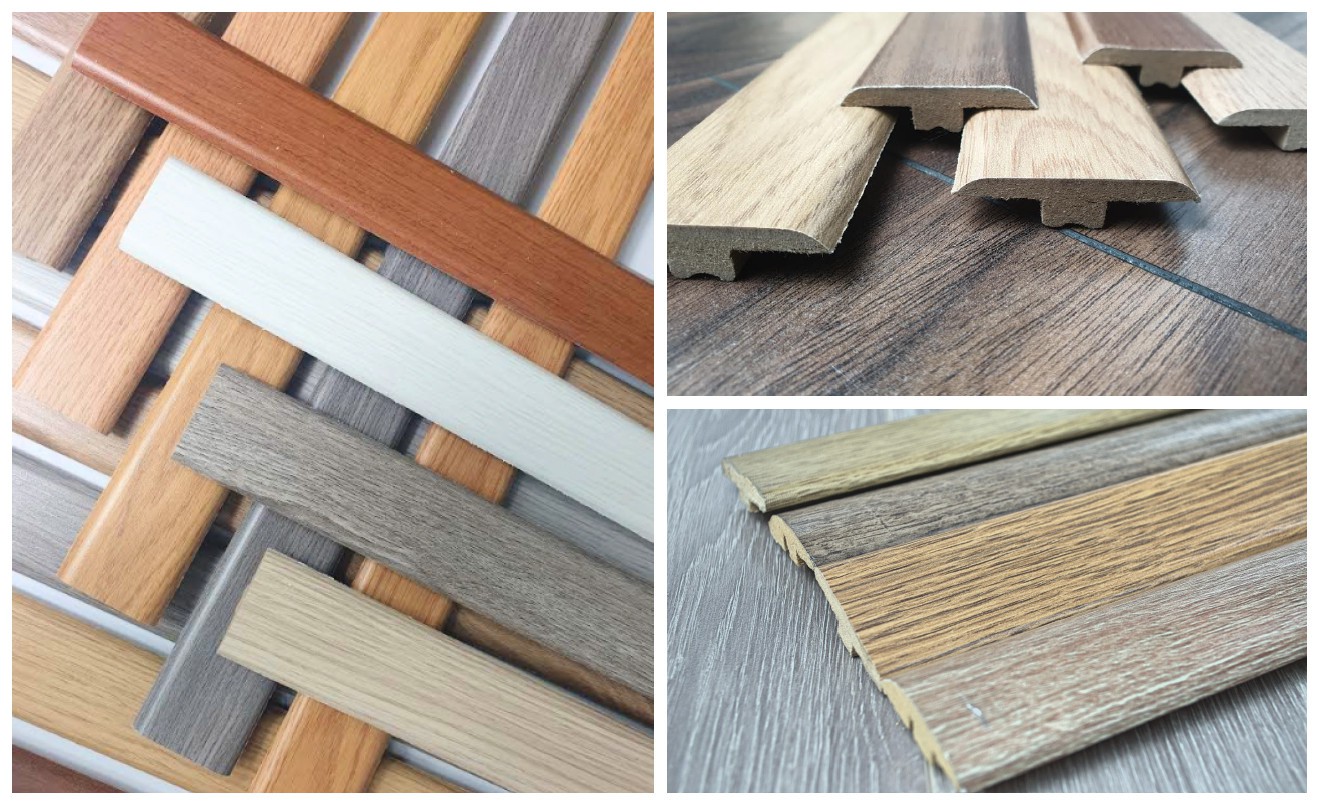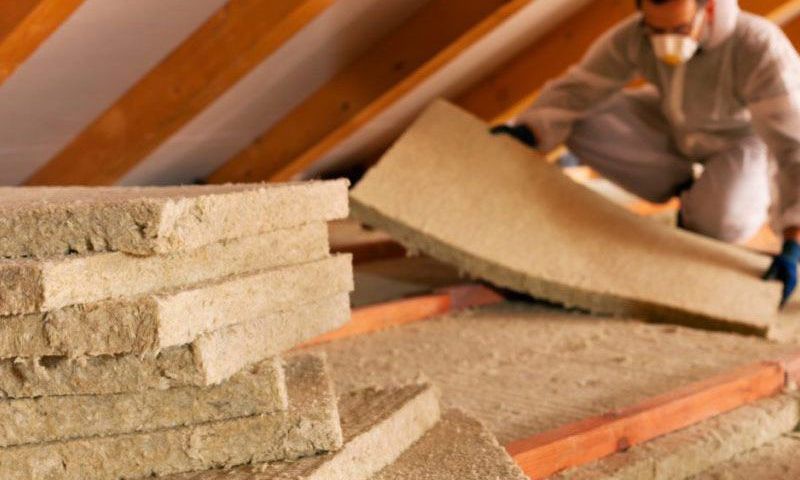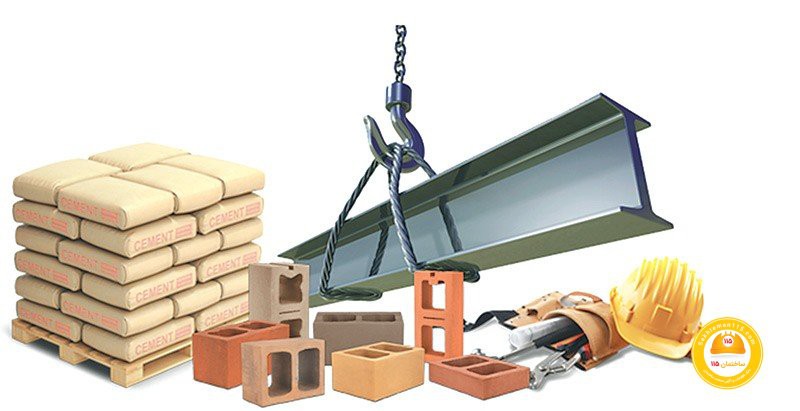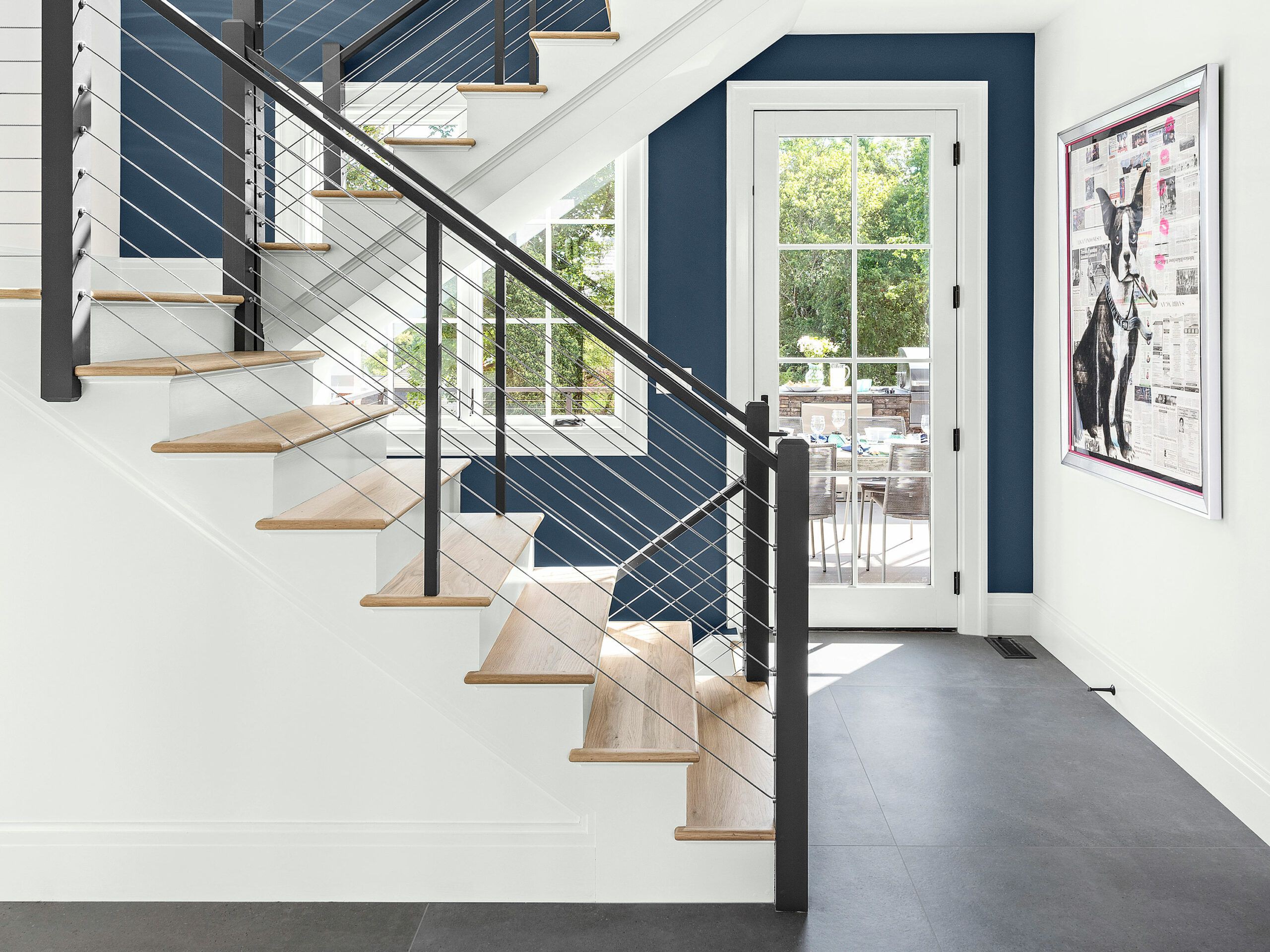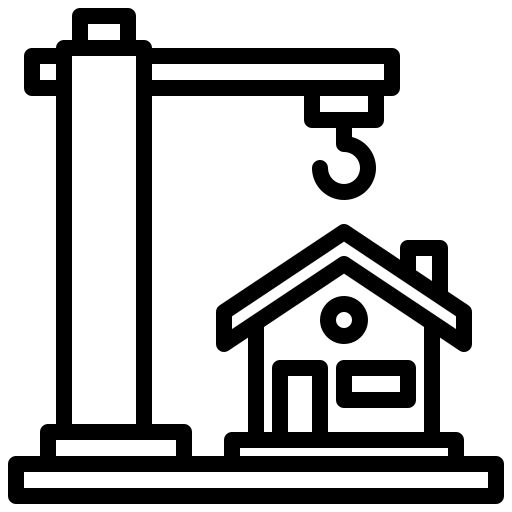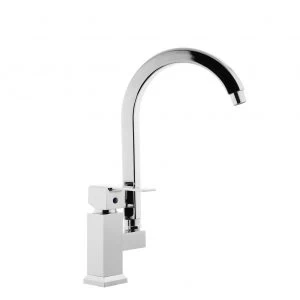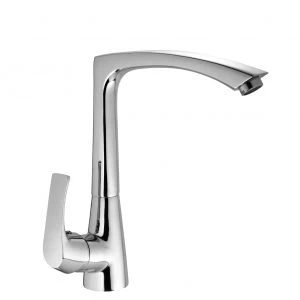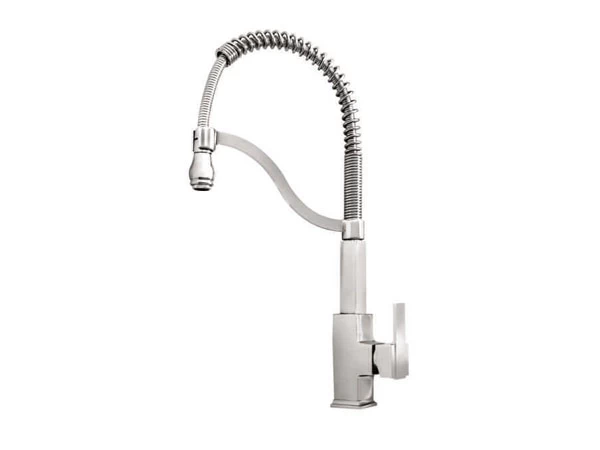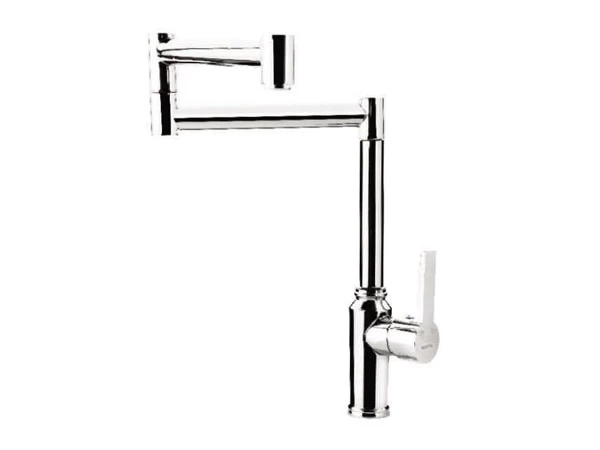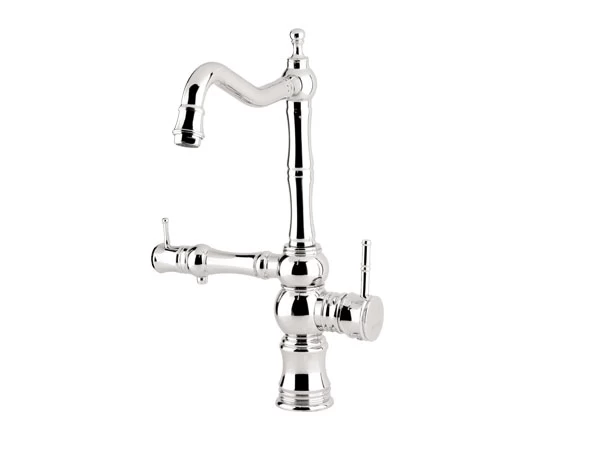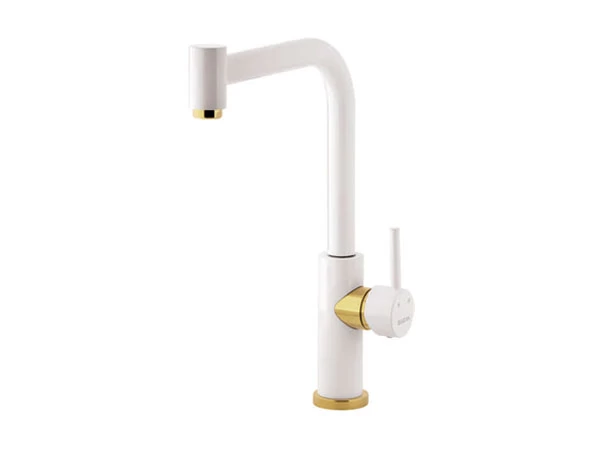Construction & Real Estate
The construction and real estate sectors play pivotal roles in the business landscape, contributing significantly to economic growth and development. These industries are intertwined, with construction serving as the foundation for real estate development.
In the construction sector, companies engage in the planning, design, and execution of various projects, ranging from residential buildings to infrastructure such as bridges and highways. The construction industry is dynamic, influenced by technological advancements, sustainability trends, and regulatory requirements. Efficient project management, skilled labor, and access to quality materials are crucial for success in this competitive field.
Real estate, on the other hand, encompasses the buying, selling, and development of properties. It involves residential, commercial, and industrial spaces. The demand for real estate is driven by population growth, urbanization, and economic factors. Successful real estate businesses excel in market analysis, understanding consumer preferences, and navigating regulatory landscapes.
For businesses operating in both construction and real estate, a comprehensive approach is essential. Real estate developers often collaborate with construction firms to bring their visions to life. Effective communication between stakeholders ensures that construction projects align with market demands and adhere to zoning regulations.
the construction and real estate sectors are integral components of the business world, shaping the physical and economic landscapes. Adaptability to market trends, adherence to sustainable practices, and effective collaboration between construction and real estate entities are vital for success in these dynamic industries.

The construction and real estate sectors encompass a wide range of products and services. Here are some key elements within each sector:
Construction Sector:
1. Residential Construction: Involves the building of houses, apartments, and other residential structures.
2. Commercial Construction: Focuses on non-residential structures such as offices, retail spaces, and industrial facilities.
3. Infrastructure Construction: Includes projects related to roads, bridges, airports, dams, and other public works.
4. Heavy Construction: Involves large-scale projects like skyscrapers, stadiums, and major industrial complexes.
Real Estate Sector:
1. Residential Real Estate: Involves buying, selling, and developing homes and apartments for individuals or families.
2. Commercial Real Estate: Deals with properties for business purposes, such as offices, retail spaces, and industrial facilities.
3. Industrial Real Estate: Focuses on properties used for manufacturing, logistics, and distribution.
4. Retail Real Estate:Involves properties used for shopping centers, malls, and individual retail stores.
5. Land Development: The process of preparing and subdividing land for various uses, including residential and commercial development.
It's important to note that within each of these categories, various products and services are essential, including architectural and engineering services, construction materials, project management, real estate brokerage, property management, and financing services. The construction and real estate sectors collaborate closely to bring projects from conception to completion, influencing the physical and economic landscapes.
High-quality construction is characterized by several key features that ensure durability, safety, and adherence to standards. Here are some essential features of high-quality construction:
1. Structural Integrity: High-quality construction prioritizes strong and stable structures. This involves using durable materials, proper engineering principles, and ensuring that the construction meets or exceeds building codes.
2. Skilled Craftsmanship:Skilled and experienced workers contribute to the overall quality of construction. Precise craftsmanship ensures that components are assembled correctly, reducing the likelihood of defects and maintenance issues.
3. Quality Materials:The use of premium and appropriate materials is crucial. From foundation to finishing, high-quality construction incorporates materials that meet industry standards, resist wear and tear, and contribute to the longevity of the structure.
4. Attention to Detail: Attention to detail is essential for achieving a polished and well-finished construction project. This includes precision in measurements, alignment, and the overall aesthetic appeal of the structure.
5. Compliance with Codes and Regulations: Meeting or exceeding local building codes and regulations is non-negotiable. High-quality construction ensures that every aspect of the project complies with safety, environmental, and zoning standards.
6. Effective Project Management:Efficient project management plays a crucial role in high-quality construction. This involves proper planning, scheduling, budgeting, and coordination of all project activities to avoid delays and cost overruns.
7. Energy Efficiency and Sustainability:In modern construction, there's a growing emphasis on energy-efficient and sustainable practices. High-quality construction often incorporates environmentally friendly materials and energy-efficient designs, contributing to long-term cost savings and reduced environmental impact.
8. Thorough Inspections and Testing:Regular inspections and quality control measures are implemented throughout the construction process. This includes testing materials, checking workmanship, and ensuring that the completed project meets quality standards.
Construction Products:
1. Construction Materials:
- Concrete: Essential for foundations, structures, and pavements.
- Steel: Used for structural framing and reinforcement.
- Lumber: Commonly used in framing and general construction.
- Bricks and Masonry: Utilized for walls and facades.
2. Finishing Materials:
- Drywall and Plaster: Used for interior walls and ceilings.
- Flooring Materials: Tiles, hardwood, laminate, and other flooring options.
- Paints and Coatings: Enhance aesthetics and protect surfaces.
3. Construction Equipment:
- Excavators, Bulldozers, and Backhoes: Used for earthmoving and excavation.
- Cranes: Lift and move heavy materials during construction.
- Concrete Mixers and Pumps: Essential for concrete preparation and placement.
4. Safety Equipment:
- Hard Hats, Gloves, and Safety Boots: Protect construction workers.
- Safety Harnesses and Fall Protection: Ensure worker safety at elevated heights.
Real Estate Products:
1. Real Estate Software:
- Property Management Software: Helps manage rental properties, leases, and tenant information.
- CRM (Customer Relationship Management) Software: Assists in managing client relationships for real estate professionals.
2. Marketing and Advertising Materials:
- Brochures, Flyers, and Signage: Used for property promotion.
- Professional Photography and Virtual Tours: Showcase properties effectively.
3. Legal and Documentation Products:
- Real Estate Contracts and Agreements: Legal documents outlining property transactions.
- Title Insurance: Protects buyers and lenders against property title issues.
4. Financial Products:
- Mortgages and Loans: Financing options for property purchases.
- Real Estate Investment Trusts (REITs): Investment vehicles for real estate portfolios.
5. Inspection and Maintenance Tools:
- Home Inspection Tools: Used to assess the condition of properties.
These products contribute to the construction and real estate industries' functionality, efficiency, and overall success. The diverse range of materials, tools, and software available helps professionals meet high standards, comply with regulations, and create desirable properties for clients.

In conclusion, the construction and real estate sectors are integral components of the global economy, shaping the physical and economic landscapes of communities. High-quality construction, marked by structural integrity, skilled craftsmanship, and the use of premium materials, ensures the creation of durable and safe structures. This commitment to quality extends to various construction products, including materials, equipment, and software that play pivotal roles in the planning and execution of projects.
As both sectors evolve, there is an increasing emphasis on energy efficiency, sustainability, and advanced technologies. The integration of architectural and engineering software, coupled with efficient project management practices, underscores the commitment to innovation. Whether it's the construction of residential homes, commercial spaces, or intricate infrastructure projects, or the buying and selling of properties, the synergy between construction and real estate remains fundamental for economic growth, urban development, and the creation of spaces that stand the test of time.

1. Residential Construction: Involves the building of houses, apartments, and other residential structures.
2. Commercial Construction: Focuses on non-residential structures such as offices, retail spaces, and industrial facilities.
3. Infrastructure Construction: Includes projects related to roads, bridges, airports, dams, and other public works.
4. Heavy Construction: Involves large-scale projects like skyscrapers, stadiums, and major industrial complexes.
Real Estate Sector:
1. Residential Real Estate: Involves buying, selling, and developing homes and apartments for individuals or families.
2. Commercial Real Estate: Deals with properties for business purposes, such as offices, retail spaces, and industrial facilities.
3. Industrial Real Estate: Focuses on properties used for manufacturing, logistics, and distribution.
4. Retail Real Estate:Involves properties used for shopping centers, malls, and individual retail stores.
5. Land Development: The process of preparing and subdividing land for various uses, including residential and commercial development.
- Concrete: Essential for foundations, structures, and pavements.
- Steel: Used for structural framing and reinforcement.
- Lumber: Commonly used in framing and general construction.
- Bricks and Masonry: Utilized for walls and facades.
- Drywall and Plaster: Used for interior walls and ceilings.
- Flooring Materials: Tiles, hardwood, laminate, and other flooring options.
- Paints and Coatings: Enhance aesthetics and protect surfaces.
- Excavators, Bulldozers, and Backhoes: Used for earthmoving and excavation.
- Cranes: Lift and move heavy materials during construction.
- Concrete Mixers and Pumps: Essential for concrete preparation and placement.
- Hard Hats, Gloves, and Safety Boots: Protect construction workers.
- Safety Harnesses and Fall Protection: Ensure worker safety at elevated heights.
- Property Management Software: Helps manage rental properties, leases, and tenant information.
- CRM (Customer Relationship Management) Software: Assists in managing client relationships for real estate professionals.
- Brochures, Flyers, and Signage: Used for property promotion.
- Professional Photography and Virtual Tours: Showcase properties effectively.
- Real Estate Contracts and Agreements: Legal documents outlining property transactions.
- Title Insurance: Protects buyers and lenders against property title issues.
- Mortgages and Loans: Financing options for property purchases.
- Real Estate Investment Trusts (REITs): Investment vehicles for real estate portfolios.
- Home Inspection Tools: Used to assess the condition of properties.

FAQs
What are 5 interesting information about construction and state?
1. Cross-laminated timber is a sustainable trend in construction. 2. Robotics and 3D printing enhance construction efficiency. 3. Real estate is influenced by location, economics, and demographics. 4. Green building practices, like LEED certification, are standard. 5. Smart home tech is transforming property design and management.
What are the 3 main components of any construction project?
Design, Materials, and Labor.
How do the materials in construction exported?
Materials in construction are typically exported via shipping containers or bulk shipments, depending on the type and volume.
What makes a successful construction project?
Effective project management, skilled craftsmanship, and adherence to safety and quality standards contribute to a successful construction project.
 +7929688-88-14
+7929688-88-14

 English
English
 Persian
Persian
 Russian
Russian
 Chinese
Chinese


 +7929688-88-14
+7929688-88-14








